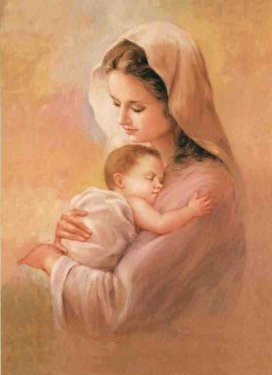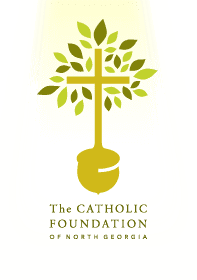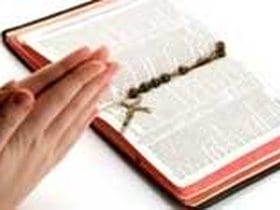
Mary, Mother of God
When the fullness of time had come, God sent his Son, born of a woman, born under the law, to ransom those under the law, so that we might receive adoption. (Galatians 4:4-5)
St. Paul writes to the early Christian community in Galatia regarding the birth of Christ, that at the time which God deemed as the perfect time (the fullness of time), He sent His Son to be born of a woman (Mary of Nazareth). God’s Son was born to the Jews (a people under the law; i.e., the Mosaic law); not to any other place or country. The Son of God was born in order to redeem the Jews first (to ransom those under the law), then the gentiles, so that whoever believes in Him may be justified and become sons and daughters of God.
The role of Mary as the Mother of Jesus is more involved than just giving birth to the Messiah. The Old Testament prophecies foretold that the Messiah would come from the line of King David (cf. 2 Samuel 7:12-16; Isaiah 11:1; Jeremiah 23:5-6; Psalm 132:11). The New Testament provides evidence that Jesus, the Messiah, was indeed from the line of David in two genealogies: Matthew 1:2-16 and Luke 3:23-38.
Although these two genealogies trace Jesus to the line of David, they are not exactly the same; scholars explain that that is because Matthew presented the genealogy of Jesus through Joseph, while Luke presented the genealogy of Jesus through Mary. That makes sense because Matthew lists Jacob as the father of Joseph (Matthew 1:16), while Luke states that “He (Jesus) was the son, as was thought, of Joseph, the son of Heli (Luke 3:23).” The Hebrew name Heli is short for Heli-achim, which is an alternate form of the name Jeho-achim; both means “God prepares.” Jeho-achim is the known name of Mary’s father. One commentary explains that since Joseph was head of household, he was listed in Luke as the son of Heli, rather than Mary as the daughter of Heli. These two genealogies provide evidence that Jesus is the promised Messiah from the line of David, both by law (thru Joseph) and by blood (thru Mary).
In his speech at Pentecost, St. Peter proclaimed to the Jews that Jesus Christ is the descendant to the throne of David (cf. Acts 2:29-30). Likewise, St. Paul also talks about Jesus as a descendant of David “according to the flesh” (cf. Romans 1:3). And undoubtedly, the flesh which the Son of God took on was the flesh of His Mother Mary. Mary is the Mother of Jesus Christ, the promised Messiah.
The role of Mary as the Mother of Jesus is more involved than just giving birth to the Messiah. The role of Mary as the Mother of Jesus continued in the upbringing of the Child Jesus, in providing support during His ministry and at the time of His suffering and death; and continued thereafter as Mother to the disciples and as Mother of the Church. When we honor Mary as the Mother of God, it does not mean that we believe that Mary existed before God, as a human mother would exist before her human children; rather, it means that we believe that Jesus Christ is God (John 1:1), who took on human flesh and was born of the Blessed Virgin Mary.

The Catholic Church celebrates the optional memorial of the Most Holy Name of Jesus on January 3rd. This year on Tuesday, January 3rd, our church will celebrate the memorial of the Most Holy Name of Jesus at the noon Mass. In addition, the month of January has traditionally been dedicated to the Holy Name of Jesus. The feast day is intended to impress on Christians the dignity of the Holy Name of Jesus. Since the Holy Name of Jesus is the patronal name of our church, we will celebrate this feast day on January 15, 2023 in lieu of the Second Sunday of Ordinary Time.

我们非常感谢北乔治亚州天主教基金会(CFNGA)授予耶稣圣名华人天主堂 3,000 美元的赠款。藉由祈祷和对圣体圣事的虔诚,这笔赠款将用来推广我们堂区的圣体圣事复兴运动。赠款将用于购买书籍、宗教物品和其他资源以充实精神。

2023年天主教礼仪月历已经到了,每份5美元。在它卖完之前请赶快来取一份。

祈祷名单:梁陈静、邓丽珍、潘博豪、Angela Griffin、王大成、龙国瑞、张蔷、李葵英和徐泰成。